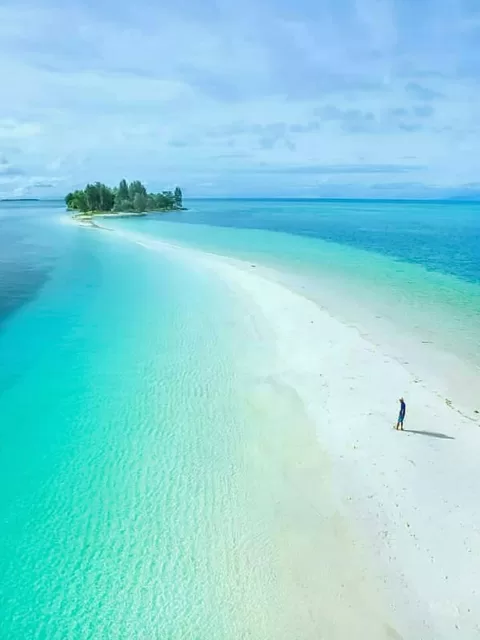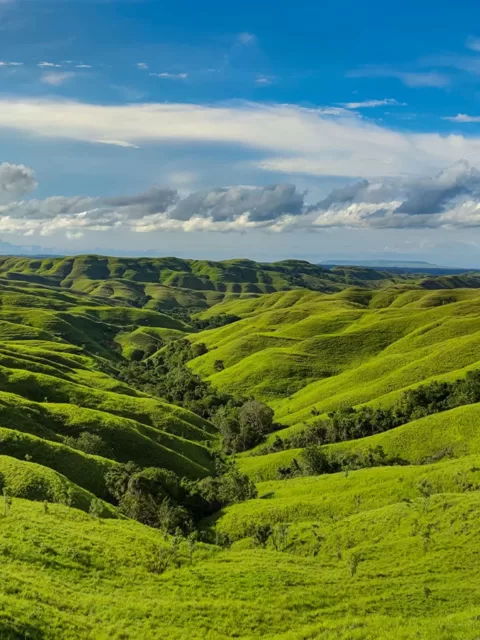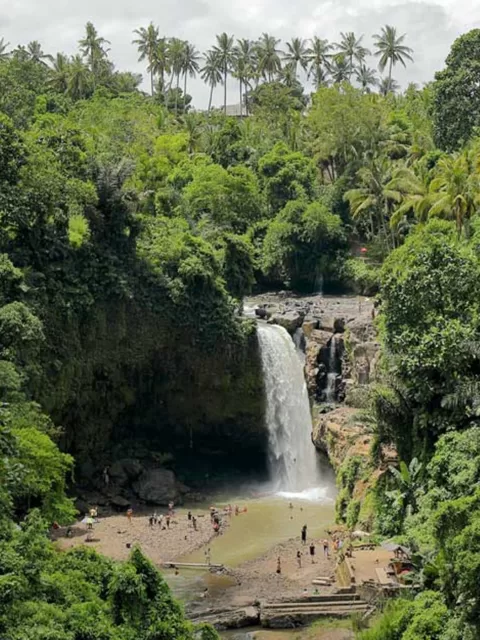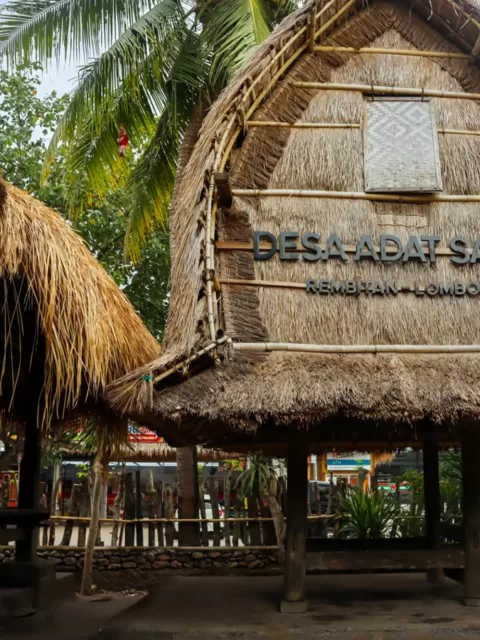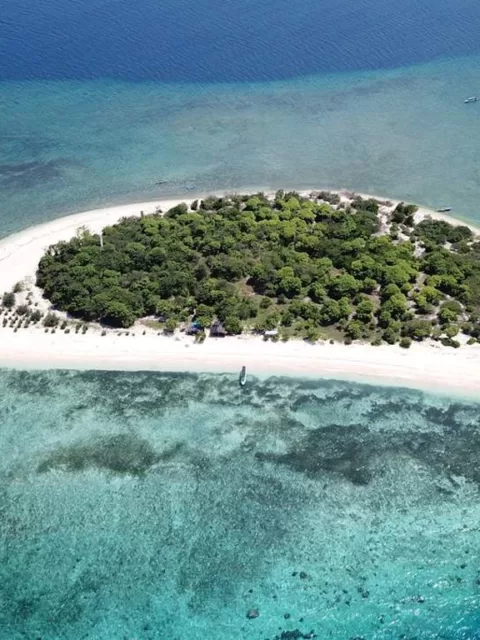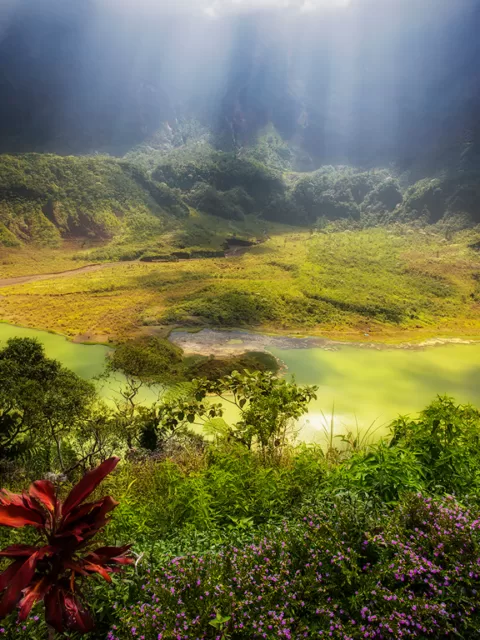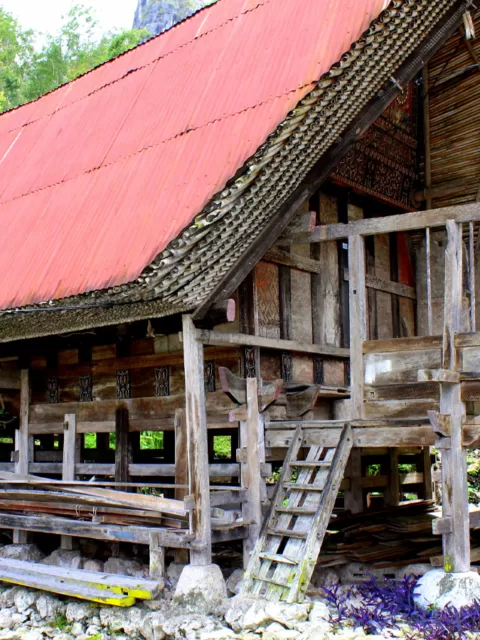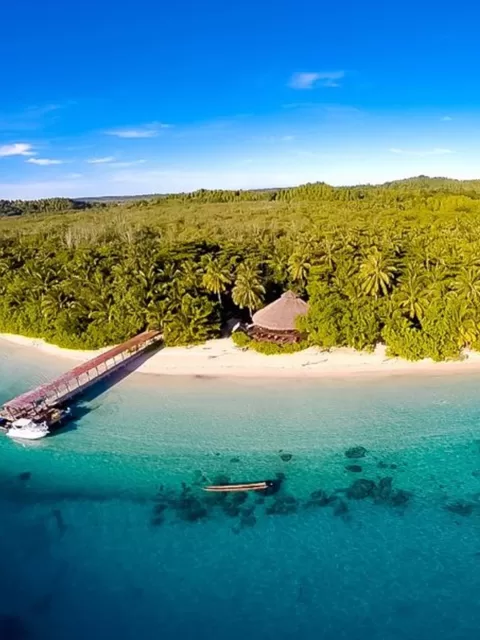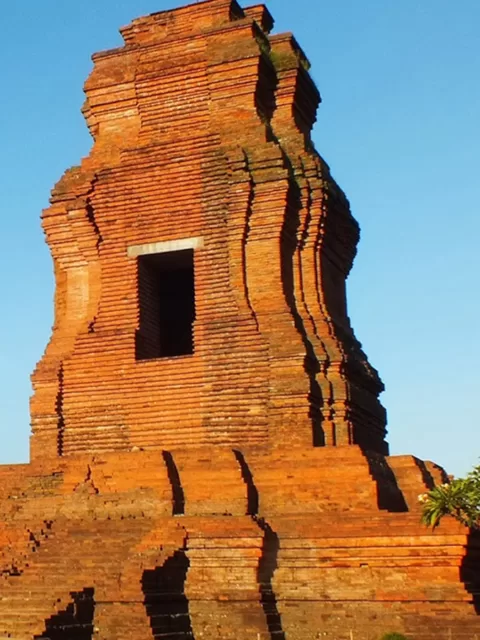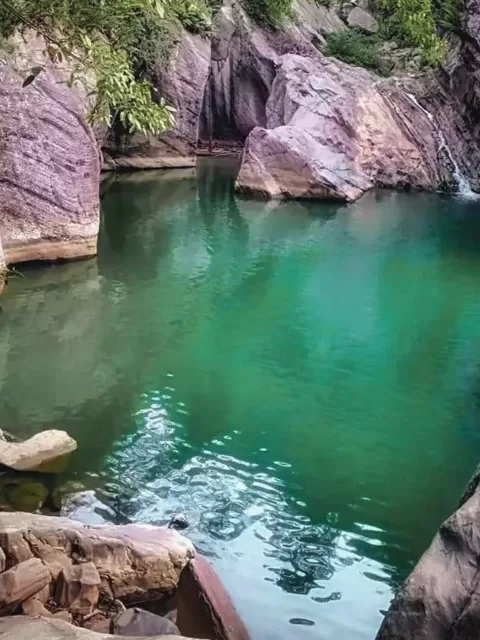Exploring Plaosan Temple: Tracing the Buddhist Legacy of Indonesia
Plaosan Temple is a stunning Buddhist temple complex located in Magelang Regency, Central Java, Indonesia. It is one of the largest and most important Buddhist temples in Indonesia, and it is considered to be a masterpiece of Mahayana Buddhist architecture.
The temple was built in the 9th century AD during the Sailendra dynasty, a period of great prosperity and cultural flourishing in Central Java. The temple complex is dedicated to the Mahayana Buddhist deities of Manjushri and Tara, and it is home to a wealth of Buddhist iconography and symbolism.
The temple is a popular tourist destination, and it is a must-visit for anyone interested in Indonesian history, culture, and Buddhism. Visitors to Plaosan Temple can explore the temple complex, admire its stunning architecture, and learn about the rich Buddhist legacy of Indonesia.
Why is Plaosan Temple important?
Plaosan Temple is important for some reasons. First, it is one of the largest and most well-preserved Buddhist temple complexes in Indonesia. Second, it is a masterpiece of Mahayana Buddhist architecture, and it is home to a wealth of Buddhist iconography and symbolism. Third, the Plaosan Temple is a sacred place for Indonesian Buddhists, and it plays an important role in promoting Buddhist culture and heritage.

What can visitors expect to see and do at Plaosan Temple?
Visitors to Plaosan Temple can explore the temple complex, admire its stunning architecture, and learn about the rich Buddhist legacy of Indonesia. The temple complex is home to several different structures, including the main temple, two smaller temples, and a series of stupas.
The main temple is the largest and most impressive structure in the complex. It is dedicated to the Mahayana Buddhist deity of Manjushri, the bodhisattva of wisdom. The temple is decorated with intricate carvings and sculptures, and it offers stunning views of the surrounding countryside.
The two smaller temples are dedicated to the Mahayana Buddhist deity of Tara, the bodhisattva of compassion. These temples are also decorated with intricate carvings and sculptures, and they offer a more intimate and personal experience for visitors.

The stupas are funerary monuments that contain the cremated remains of Buddhist monks and nuns. The stupas at Plaosan Temple are some of the largest and most well-preserved in Indonesia.
In addition to exploring the temple complex, visitors to Plaosan Temple can also learn about the rich Buddhist legacy of Indonesia at the temple’s museum. The museum houses a collection of Buddhist artifacts, including statues, paintings, and manuscripts.
The Buddhist Legacy
A brief history of Buddhism in Indonesia
Buddhism was introduced to Indonesia in the 1st century AD, and it quickly became the dominant religion in the archipelago. Buddhism flourished in Indonesia for centuries, and it played a major role in shaping the country’s culture and society.
During the Sailendra dynasty (8th-10th centuries AD), Buddhism reached its peak in Indonesia. The Sailendras were great patrons of Buddhism, and they built many of Indonesia’s most impressive Buddhist temples, including Borobudur and Plaosan Temple.
Buddhism began to decline in Indonesia in the 13th century AD, due to the rise of Islam. However, Buddhism remains an important religion in Indonesia today, and it is estimated that there are over 10 million Buddhists in the country.
The significance of Plaosan Temple in the history of Indonesian Buddhism
Plaosan Temple is one of the most important Buddhist temples in Indonesian history. It is a masterpiece of Mahayana Buddhist architecture, and it is home to a wealth of Buddhist iconography and symbolism.
The temple also played an important role in the spread of Buddhism in Indonesia. The temple was located on a major trade route, and it was a popular pilgrimage site for Buddhists from all over the archipelago.

The Buddhist iconography and symbolism of Plaosan
The Buddhist iconography and symbolism of Plaosan are rich and diverse. The temple is decorated with a variety of Buddhist deities, bodhisattvas, and other figures. The temple also features some Buddhist symbols, such as the lotus flower, the dharma wheel, and the stupa.
Some of the most notable Buddhist deities depicted at Plaosan Temple include Manjushri, Tara, and Avalokiteshvara. Manjushri is the bodhisattva of wisdom, and he is often depicted holding a sword. The sword symbolizes Manjushri’s ability to cut through ignorance and delusion. Manjushri is also often depicted riding a lion, which symbolizes his strength and power.
Tara is the bodhisattva of compassion, and she is often depicted as a motherly figure. Tara is also often depicted riding a peacock, which symbolizes her ability to fly to the aid of those in need.
Avalokiteshvara is the bodhisattva of compassion, and he is often depicted as a wrathful figure. Avalokiteshvara is also often depicted with 11 heads and 1000 arms, which symbolizes his ability to help all beings in need.

The depiction of these three bodhisattvas at Plaosan Temple is a testament to the importance of wisdom, compassion, and power in Buddhist thought.
In addition to these three bodhisattvas, there are many other Buddhist deities and figures depicted at Plaosan Temple. These depictions provide a valuable glimpse into the rich and complex religious beliefs of the people who built and used the temple.
Architecture and Design of the Temple
The unique architectural features of Plaosan
Plaosan is unique in several ways. One of the most distinctive features of the temple is its use of interlocking masonry. The temple is made up of large blocks of stone that are fitted together without the use of mortar. This technique is known as dry masonry, and it is infrequent in Indonesian architecture.
Another unique feature of Plaosan is its use of relief carvings. The temple is decorated with a variety of intricate relief carvings, which depict scenes from Buddhist mythology and daily life.
The key features and design elements of the temple complex
The main temple at Plaosan Temple is a square structure with a pyramidal roof. The temple is surrounded by a moat, and it is accessed through a series of staircases. The temple is decorated with a variety of relief carvings, including scenes from Buddhist mythology and daily life.
The two smaller temples at Plaosan are also square structures with pyramidal roofs. However, these temples are smaller and more intimate than the main temple. The temples are also decorated with intricate relief carvings.
The stupas at Plaosan are cylindrical structures that are topped with a lotus bud. The stupas are decorated with a variety of Buddhist symbols, such as the dharma wheel and the lotus flower.

The symbolism of Plaosan Temple’s architecture and layout
The architecture and layout of Plaosan Temple are rich in symbolism. The use of interlocking masonry symbolizes the interconnectedness of all things. The relief carvings symbolize the teachings of Buddhism. The moat symbolizes the purification process required to achieve enlightenment.
The pyramidal roofs of the temples symbolize the ascent to enlightenment. The smaller temples symbolize the individual journey to enlightenment. The stupas symbolize the ultimate goal of Buddhism: to achieve nirvana.
Cultural Significance and Traditions
Plaosan Temple is a sacred place for Indonesian Buddhists
Plaosan is a sacred place for Indonesian Buddhists. It is a place where Buddhists can pray, meditate, and learn about their religion.
On certain days of the year, Buddhist ceremonies and rituals are held at Plaosan Temple. These ceremonies and rituals are a way for Buddhists to connect with their faith and with the spirit of the temple.
The role of Plaosan Temple in promoting Buddhist culture and heritage
Plaosan Temple plays an important role in promoting Buddhist culture and heritage in Indonesia. The temple is a popular tourist destination, and it is a valuable resource for scholars and researchers of Buddhism.
Plaosan Temple is also a symbol of the rich Buddhist heritage of Indonesia. The temple reminds us of the important role that Buddhism has played in the country’s history and culture.

Visiting Plaosan Temple: Practical Information
How to reach Plaosan Temple
Plaosan Temple is located in Magelang Regency, Central Java, Indonesia. The temple is approximately 40 kilometers from the city of Yogyakarta.
Visitors to Plaosan Temple can reach the temple by car, bus, or taxi. There is also a public bus that runs from Yogyakarta to Plaosan Temple.
Entry fees, visiting hours, and guided tours
The entrance fee to Plaosan Temple is IDR 50,000 for adults and IDR 25,000 for children. The temple is open to visitors from 8:00 AM to 5:00 PM daily.
Guided tours of Plaosan Temple are available in English and Indonesian. Tours can be booked at the temple entrance.
Tips for a memorable and respectful visit
- Dress respectfully when visiting Plaosan Temple. This means covering your shoulders and knees.
- Be respectful of the sacred nature of the temple. Do not climb on the temples or damage any of the artifacts.
- Be quiet and respectful when visiting the temple. This is a place for contemplation and meditation.
Final Thoughts
Plaosan Temple is a stunning Buddhist temple complex that is rich in history and culture. Visitors to Plaosan Temple can explore the temple complex, admire its stunning architecture, and learn about the rich Buddhist legacy of Indonesia.
I encourage everyone to visit Plaosan Temple and experience the beauty and serenity of this unique and special place.



